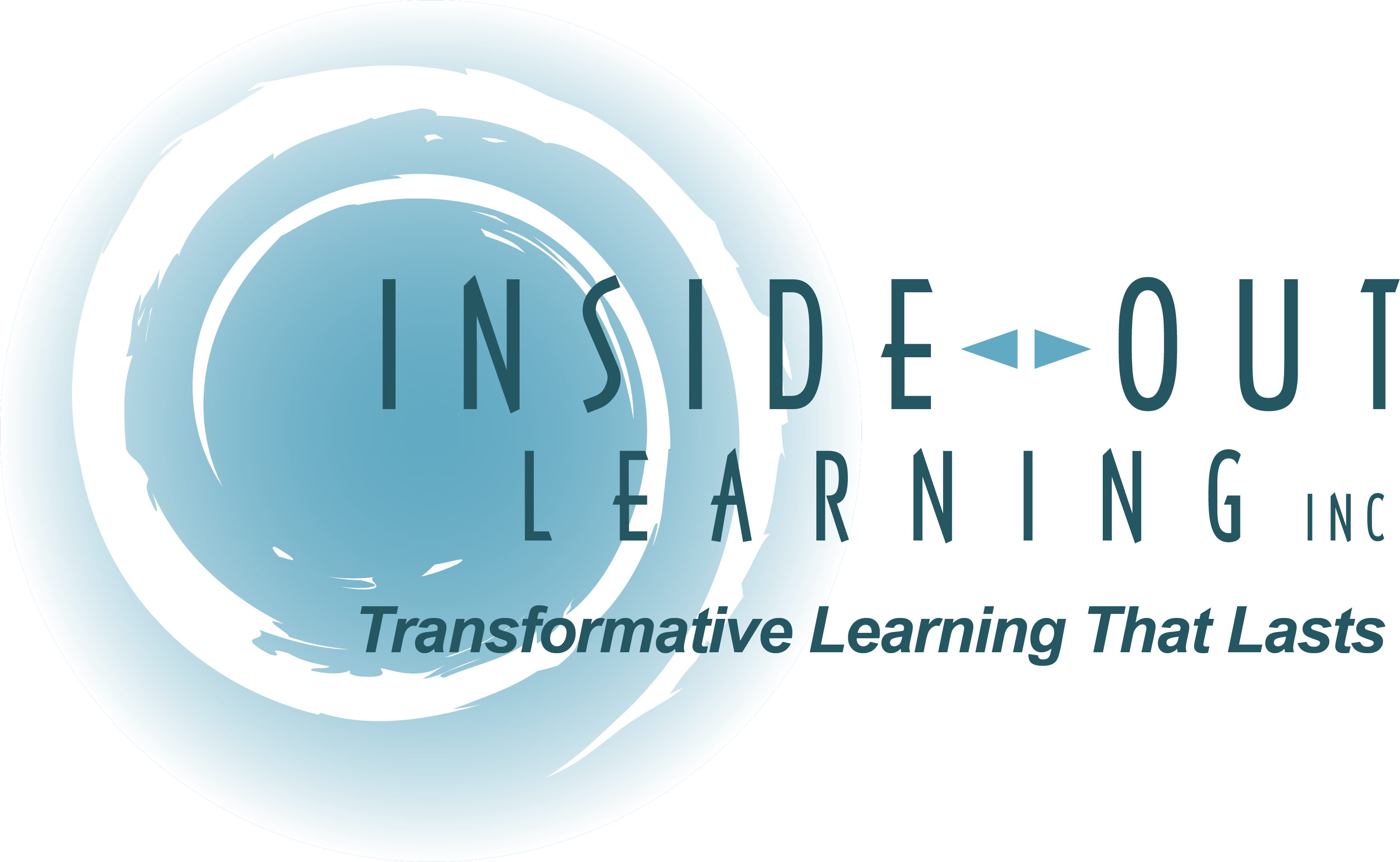The Three Pillars Of Engaging Organizational Talent
*Forwarded from Feedly*
The Three Pillars Of Engaging Organizational Talent
Written by: Jennifer Garrard, Forbes Councils Member
Officer Vice President, Human Resources at Brother International, supporting its long-term mission and goals through talent management.
getty
Few organizational attributes are more important to a company’s success than its ability to quickly adapt to changing business environments. According to McKinsey, “an organization designed for speed will see powerful outcomes, including greater customer responsiveness, enhanced capabilities, and better performance, in terms of cost efficiency, revenues, and return on capital.”
One of the greatest determinants of a company’s adaptiveness is its strategy for employee engagement. A Harvard Business Review survey of 550 company executives found that “a highly engaged workforce can increase innovation, productivity, and bottom-line performance while reducing costs related to hiring and retention in highly competitive talent markets.” Overall, a company’s employee engagement strategy can be broken down into three core pillars: talent structure, talent processes and talent development. When these components are appropriately allocated and aligned, they drastically improve the effectiveness and adaptability of departmental and organizational initiatives.
Talent Structure
The most familiar pillar of employee engagement for many companies is their talent structure, i.e., the organizational chart. Organizational structure and hierarchy are of course central to how a business operates, and companies need to periodically shake up their structures to reduce “organizational cholesterol” — the inertia that progressively undermines growth and reduces adaptability.
Reorganizations can be an effective method to invigorate an enterprise: two-thirds deliver at least some performance improvement. But there are some common pain points that hinder the effectiveness of talent structure, such as inconsistent frequency of reorganizations. Too many can lead to fatigue, while too few can fail to enact real change. Most importantly, however, is that reorganizations are not often successful if they’re executed in isolation of the other pillars of employee engagement.
Talent Processes
Talent processes are frequently the least consistent area with respect to employee engagement, and this neglect is often the underlying cause for talent development and structure concerns. Talent processes are the “how” of employee engagement: How often do meetings take place? How does the company communicate before, during and after? How does the company determine project ownership and prioritization? And so on. It is the other side of the coin of talent structure; for example, if a reorganization does occur, how does the business follow up with affected workers to ensure smooth implementation?
One of the most important steps for establishing strong talent processes is fostering an environment with two-way communication between leadership and the greater workforce, because it is very likely that not all groups know how to effectively evaluate processes and think about interdependencies with other teams. A seminal study found that inadequate communication can cost large companies an average of $62.4 million per year, while smaller organizations are at risk of losing $420,000 annually due to poor internal communications. A two-way dialogue builds relationships, facilitates innovation and ensures transparency.
In addition, measurement must also be a core component of talent processes. Did the process accomplish what was wanted? Was the amount of time equivalent to the value? Adding and subtracting workflows without subsequent measurement is how organizations run out of resources (be it time, people or money) and lose adaptiveness.
Talent Development
Talent development is not just about performance management; it’s about fostering talent development in the context of overall business goals. Focusing on individuals and their skills gaps instead of starting with the needs of the team can derail goal attainment. Reskilling shouldn’t be a “choose your own adventure” experience based on an employee’s personal preferences, but rather a strategic effort aligned with an enterprise’s needs.
A good thought exercise is to think about the “rockstar” employees — how many are there? What would your team be able to accomplish if everyone, or even twice as many people, performed like them? Talent development is not only about the individual, but also about highlighting the commitment that employees have to the organization and to going the extra mile.
Organizational success starts and ends with employees. An engaged workforce will directly affect the organization’s ability to quickly adapt to changing business environments, which will in turn impact the bottom line. Each of the three employee engagement pillars must reinforce the others in order to develop an effective organization.
Forbes Human Resources Council is an invitation-only organization for HR executives across all industries. Do I qualify?
via Forbes – Leadership “https://ift.tt/35Uaszf”
May 6, 2021 at 05:05AM
